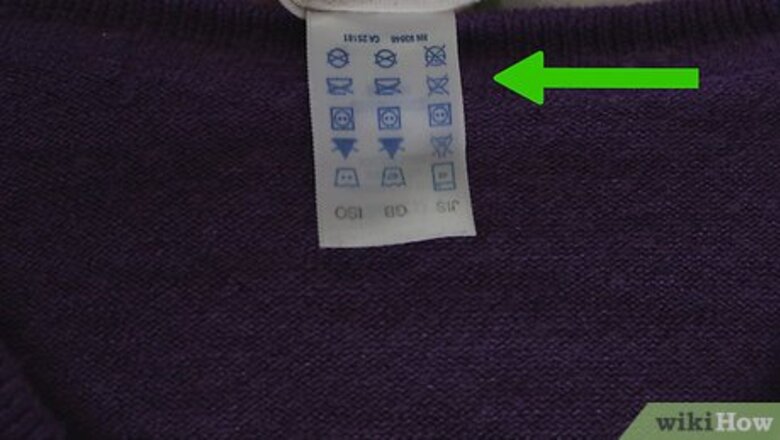
views
Beginning the Ironing Process

Read the label on the wool garment. You should never iron any type of fabric without first reading the manufacturer's label. If the label is still intact, give it a read before you begin ironing to see if there are any special instructions. Some items will have special instructions regarding ironing. They may need a very low heat setting, for example. If you see a symbol of an iron with an X through it, or words that read something like "Do not iron," you should not iron this garment. Some items will be damaged very quickly by the heat of an iron. You can steam items that cannot be ironed or spritz them with hot water and then rub the wrinkles out.
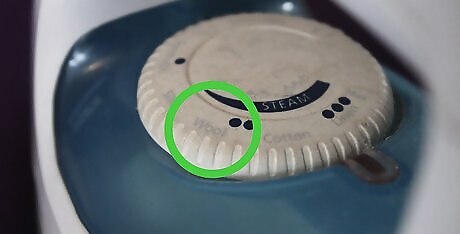
Use the wool setting. Most irons come with a wool setting. When ironing wool, use this setting unless the manufacturer's label says otherwise. The wool setting will assure that the iron in a heated in a manner that will not cause damage to wool clothing. If your iron does not have a wool setting, heat the iron to the lowest possible setting. Wool does best when ironed at lower settings.
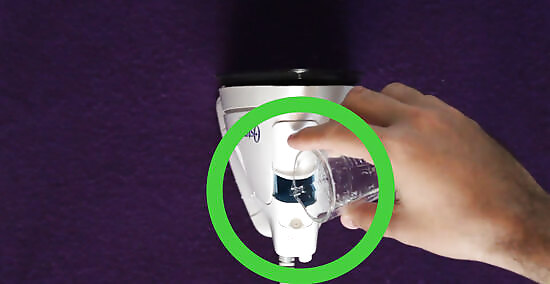
Add water to your iron. Wool fabric should not be ironed dry. You should always steam wool fabric, so add water to your iron before you begin to iron your wool. Follow the manufacturer's instructions on your iron to figure out how to add water for specific guidelines. If your iron doesn't have a steam setting, spritz your garment with a little water prior to ironing.
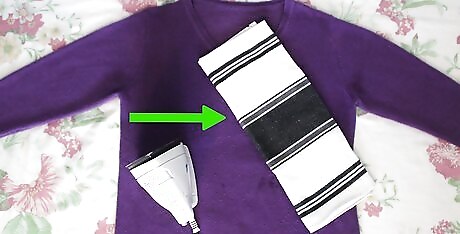
Locate a pressing cloth. You should never iron wool fabric directly. Wool fabric is fragile and requires extra care when ironing. You need a pressing cloth to protect your wool fabric. You can buy a pressing cloth at a department store. Its specific purpose will be to protect fabrics when ironing. If you don't have a pressing cloth, you can use a clean cloth or handkerchief.
Ironing Wool
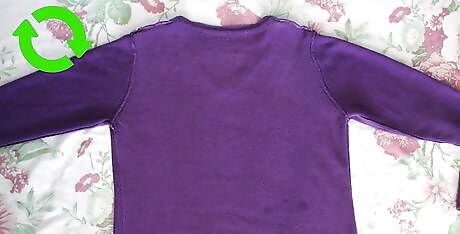
Turn the wool inside out. It's always best to iron wool inside out. You want to protect the surface of wool from shine. Turn any garment you're ironing inside out before setting it on the ironing board and covering it with a pressing cloth.
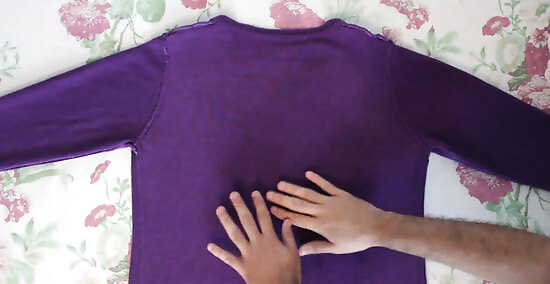
Smooth the wool out first. As you lay down your wool garment to iron, try to press out any wrinkles you can with your hands. You want to use the least heat possible when ironing wool. Smoothing out wrinkles with your hands will lessen ironing time. Try to smooth out any wrinkles with your hands. You should also try to get the garment to lie as flat as possible. This will minimize the time spent repositioning the garment while ironing. Remember to place your pressing cloth over the garment.
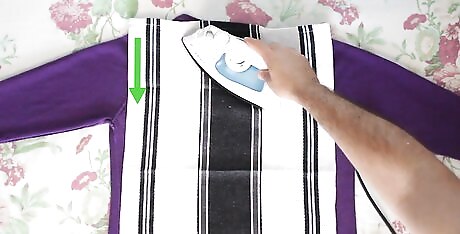
Iron in straight lines. Place your iron on one end of the garment. Pull the iron to the other end. Make sure you do not wiggle around as you move. this can actually iron wrinkles into a garment. When you're done, move the iron over a few inches and iron another line. Keep ironing in single straight lines until you've ironed the entire garment.
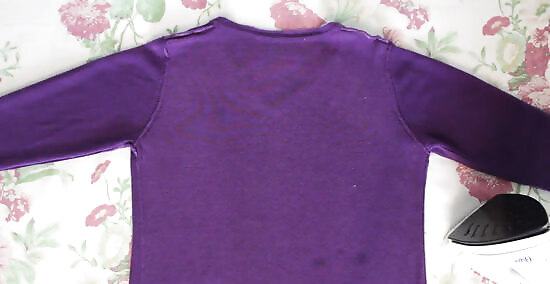
Aim to iron only one side of an item. For best results, only iron one side of an item. For example, only iron the front side of a wool sweater. You want to press the iron hard enough you press out the wrinkles on both sides of a garment. This will both save you time and minimize the clothing's exposure to heat. If you still need to iron the other side of the item, try to use a bit more force the next time you're ironing. This will help you avoid such problems in future.
Avoiding Common Mistakes
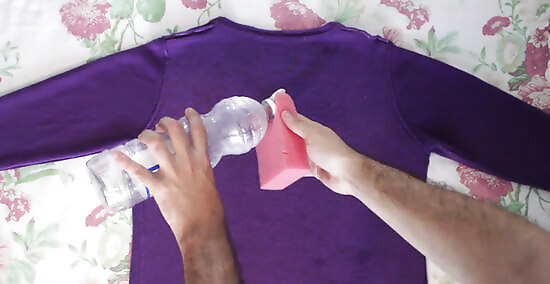
Get rid of shine with white vinegar. Wool is prone to shine after ironing. Luckily, this is an issue that can be easily treated with white vinegar. Sponge a little white vinegar on the surface of the wool. Then, rinse the garment thoroughly. If you've never treated a garment with white vinegar before, test a small patch of the item before using white vinegar to remove shine.
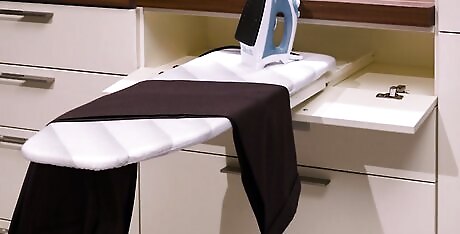
Make sure your ironing board is stable. An unstable ironing board can be a safety risk when ironing. An iron can cause serious burns if it falls on you or another person. Make sure your ironing board is not shaky or otherwise unstable before you begin ironing.
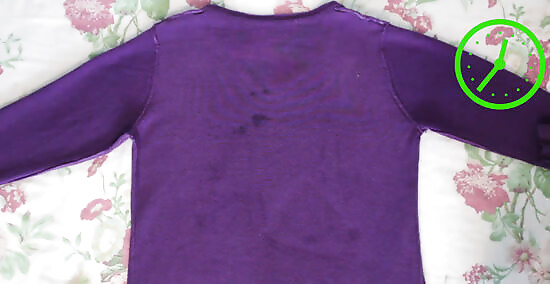
Do not hang up or fold wool items right away. You should let wool items sit out for five minutes after ironing before hanging them up or folding them. Hanging or folding iron items too soon can cause creasing.
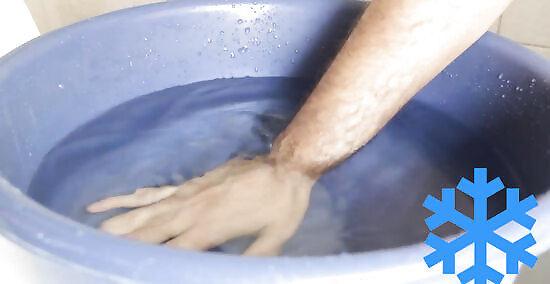
Treat burns quickly. In the event you're burned by an iron, treat the burn quickly. This will help minimize damage and allow your skin to heal fast. Burns should not be iced, as this can further damage the skin. Instead, run burns under cool running water for 20 minutes. A burn bigger than a dime should be treated by a doctor.
















Comments
0 comment